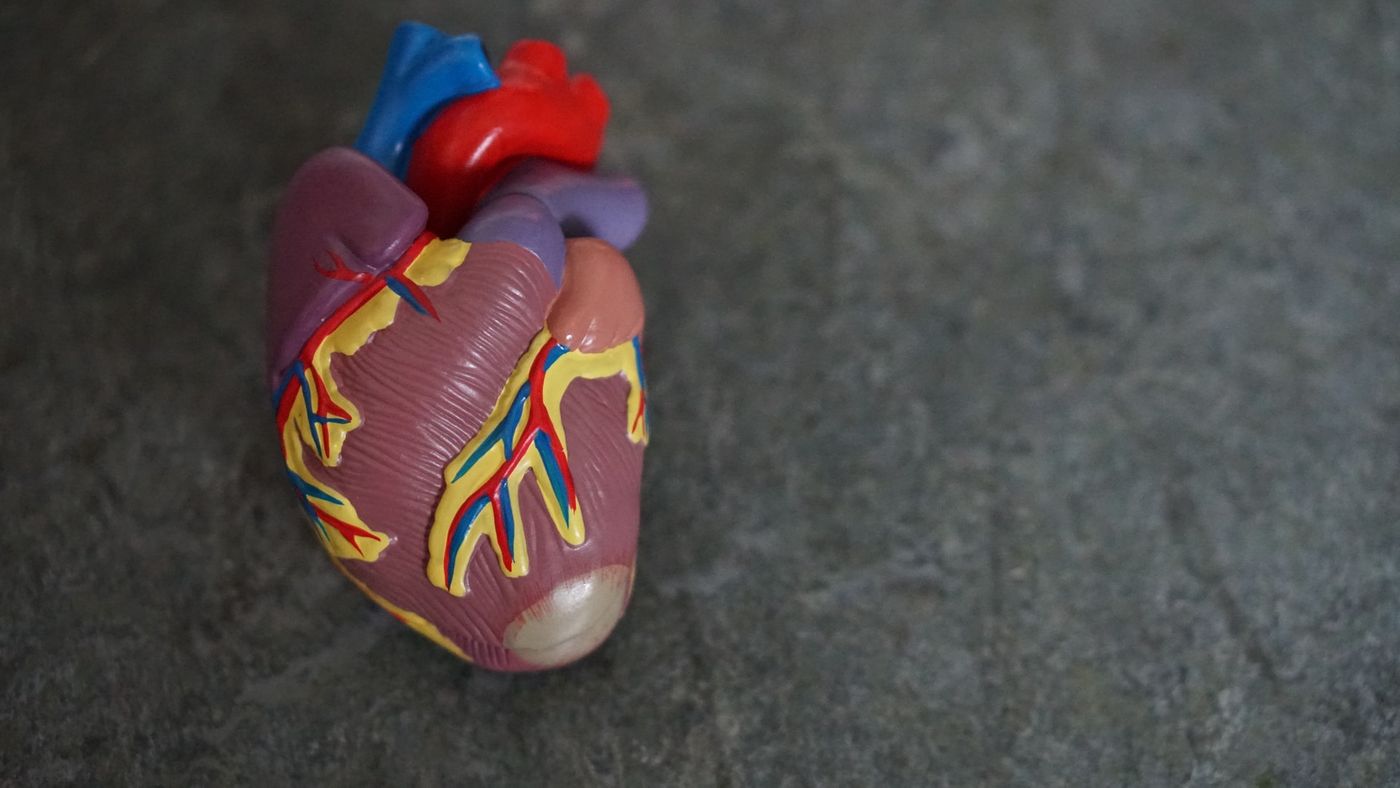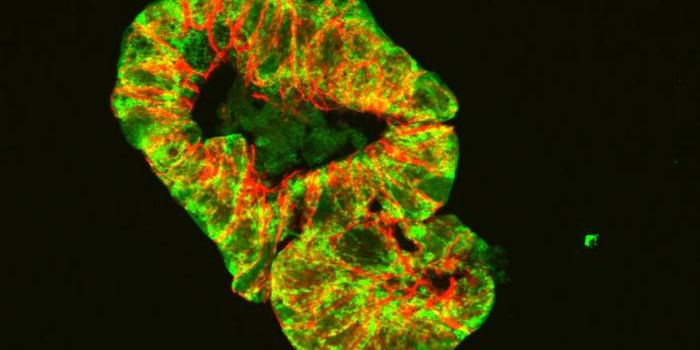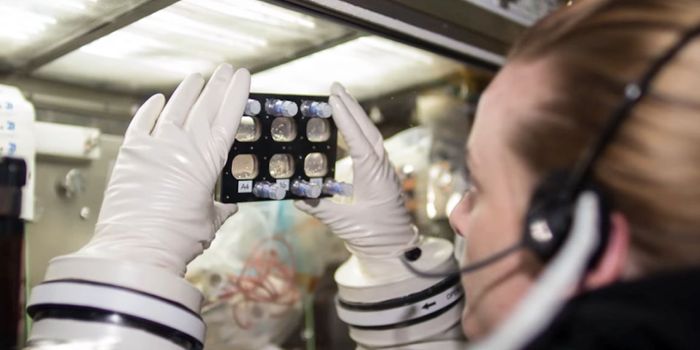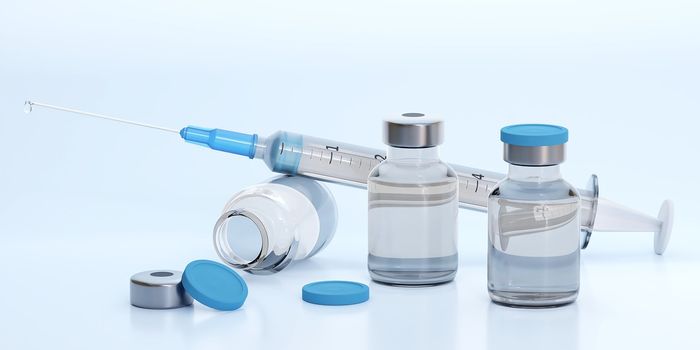Sugar-Coating Organs Stops Them From Getting Rejected
Once organ failure patients receive the gift of a transplant, they face a life-long threat of immune rejection. Their immune systems see the donor organ as foreign, launching an aggressive and persistent attempt to eliminate it. Episodes of acute immune rejection are very common within the first year of receiving a transplant, but can also flare up many years after the transplant surgery.
Over 39,000 organ transplants were performed in the U.S. in 2020. By taking potent immunosuppressive drugs on a daily basis, these thousands of transplant recipients can try to dampen the immune system in a bid to protect their donor organs.
Now, researchers have developed a new means of minimizing the risk of organ rejection: by coating the donor organ in a novel biopolymer. This groundbreaking discovery could one day make daily immunosuppressive drugs—many of which are associated with serious side effects—a thing of the past for organ recipients.
The research, published in the journal Nature Biomedical Engineering, details how researchers were inspired by a naturally occurring sugar coating present in the blood vessels in organs. These sugars act by tuning down immune reactions. However, these molecules often become damaged during transplantation surgery, making them susceptible to immune attack.
The researchers, led by Jayachandran Kizhakkedathu at the University of British Columbia, designed a specialized polymer that mirrored the biological function of these sugars. They also developed a chemical process for applying the polymer to blood vessels. While the technology has only been validated in animal models so far, the scientists are optimistic that future clinical trials will demonstrate the polymer’s ability to shield donated organs from host immune attacks.
Speaking on why directly manipulating donor organs could have such clinical promise, lead inventor of the cell-surface engineering technology, Erika Siren, said: “There aren’t a lot of situations where you’ve got this beautiful four-hour window where the organ is outside the body, and you can directly engineer it for therapeutic benefit.”
Source: UBC News, Nature Biomedical Engineering.









